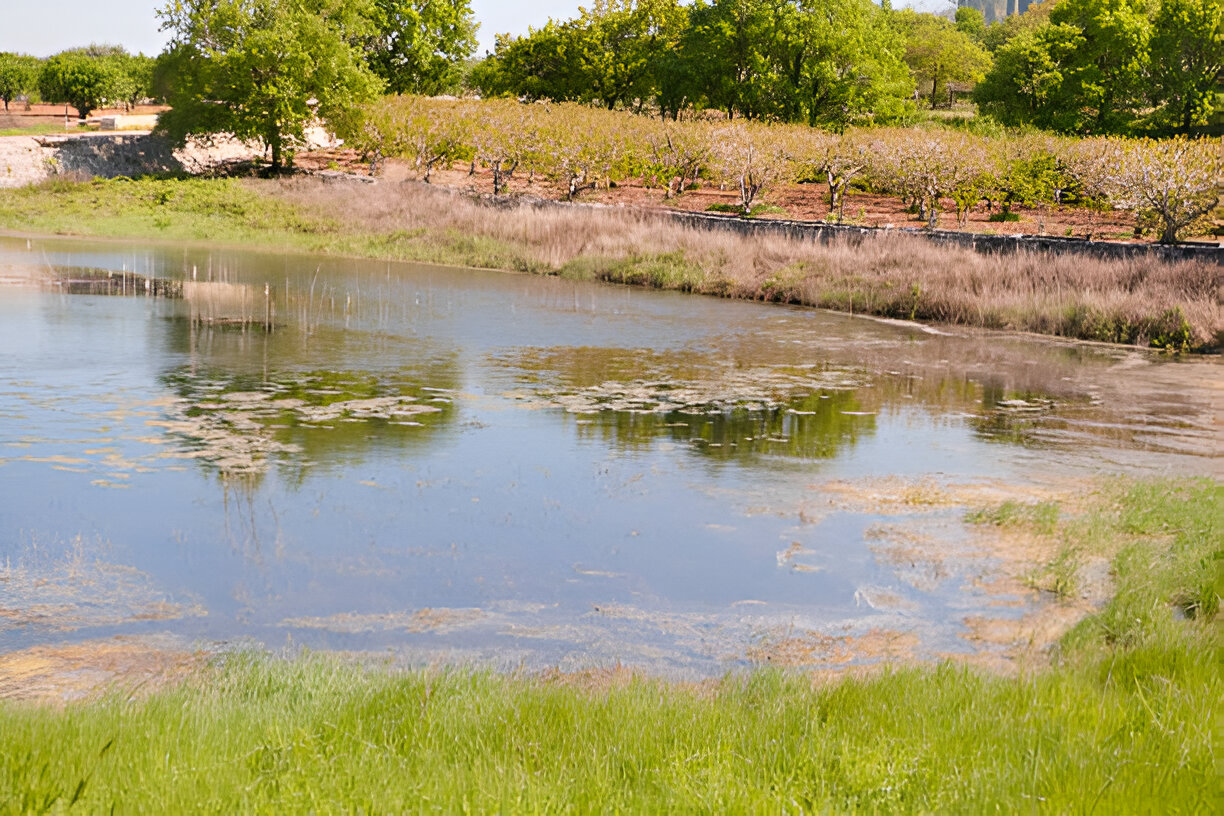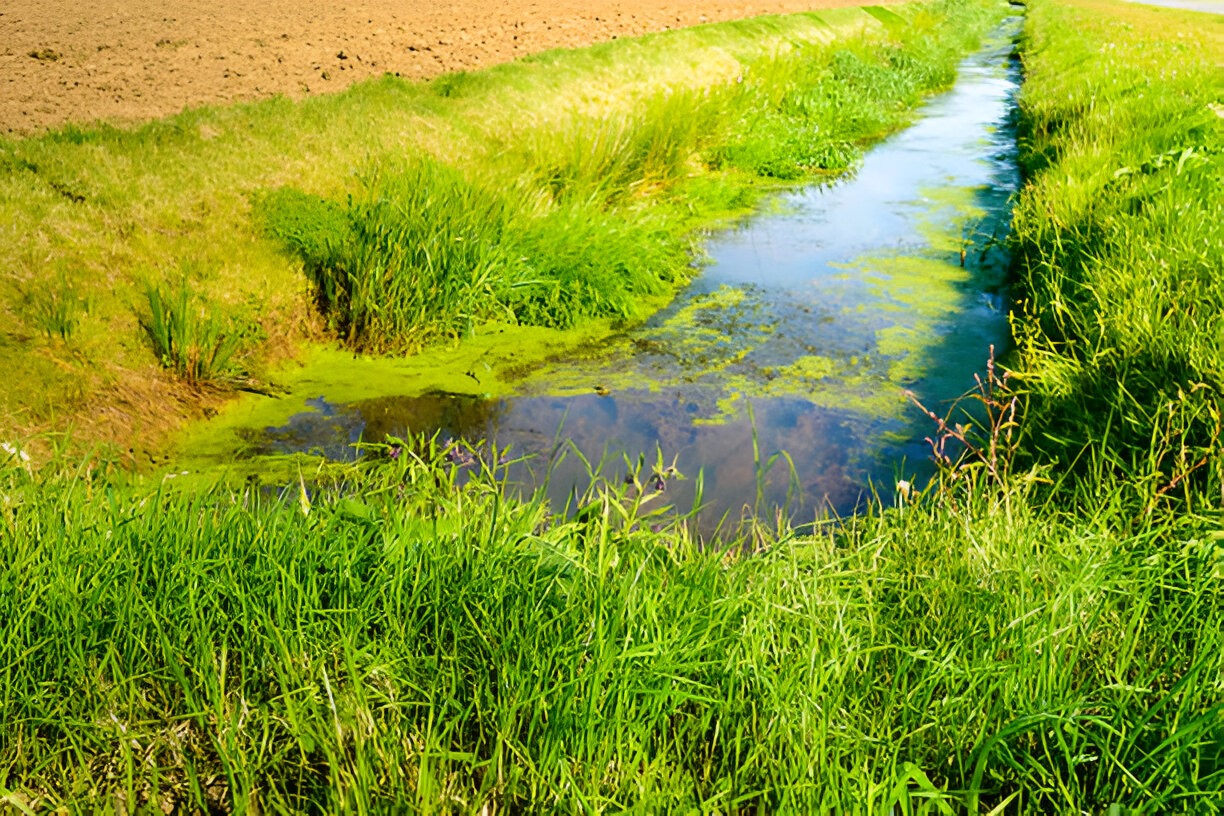
It does not just happen; the right treatments are needed to keep a crystal-clear pond in balance. No matter what form of pond problems you are dealing with, whether it is algae, sludge or turbid water, there are tools that can clean up your ponds as well as provide tips on how to avoid this in the future.
That Pond Guy, a trusted expert in water care, swears by a good pond filter combined with targeted treatments for optimal results. Here is how to tackle common pond problems the right way.
1. Boost Beneficial Bacteria
The natural cleanup crew resides within the pond and is found in the filter, where its duty is to break down the waste.
- How it works: Bacteria convert toxic ammonia (from fish waste and debris) into nitrates, which plants use as food.
- Why it matters: Without these microbes, there would be increased levels of ammonia with adverse effects on the fish and algal growth.
Pro tip: To maintain robust colonies, the addition of bacteria treatments is obligatory on a regular basis once after cleaning or at least once during seasonal transitions.
2. Sludge Removers to the Rescue
That mucky layer at the bottom is not just ugly—it is an oxygen thief.
- What it does: Sludge removers speed up decomposition of organic gunk while increasing helpful bacteria.
- Key caution: These treatments use up oxygen, so always pair them with aeration (like fountains or air pumps).
- Best time to use: Early Spring or fall when sludge is most noticeable.
3. Pond Dye for Beauty & Balance
Want a stunning pond that also stays cooler? Dye does double duty.
Benefits:
- Reflects sunlight, reducing water temperature.
- Limits algae growth by blocking light penetration.
- Safe for fish, plants, and wildlife.
Application: Choose granules or water-soluble bags for easy use.
4. Water Cleaners for Stubborn Problems
A stringy mess or green goop has taken over; then one-shot cleaner works like RUSH.
How it works: Quickly oxidizing organic matter cleans mats and slime without harsh chemicals.
Ideal for:
- Surface scum or tangled debris.
- Seasonal algae spikes.
- Boosting oxygen levels.
Choosing the Right Treatment

Not all ponds need the same approach.
Consider these factors:
- Fish load: More fish means more waste and more bacteria needed.
- Plant coverage: Heavy plant growth may reduce algae but increase debris.
- Season: Summer demands algae control; fall requires sludge management.
Final Thoughts
When a pond is healthy, it is balanced. With a compatible pond filter, the water is a sustainable flow when coupled with these forms: bacteria, sludge, dye, and cleaners, enabling the water to be clean and life to flourish.
According to That Pond Guy, we should base the treatment use on bacterial treatments as a base and add other treatments where necessary. When taken care of on a regular basis, your pond will remain colourful all throughout the year and will become the centre of attraction in your garden.
Are you ready to turn your pond around? There are natural solutions to treatment, and you owe your aquatic environment the consideration it deserves.
